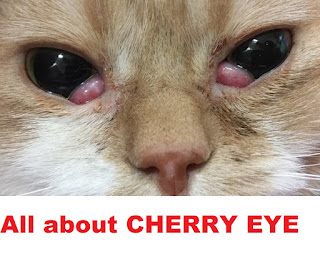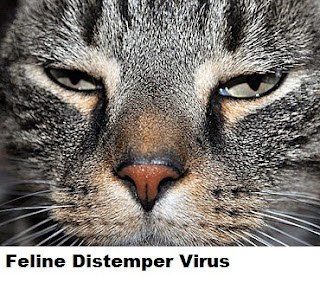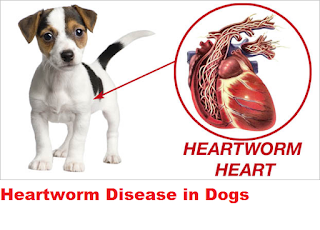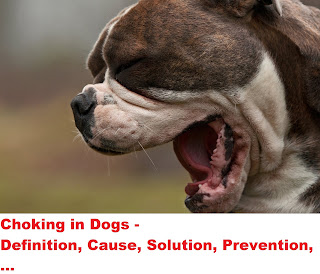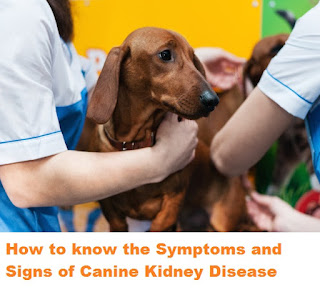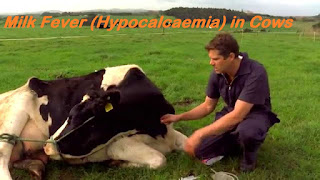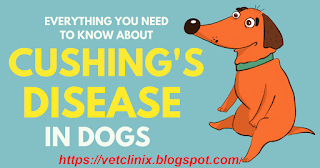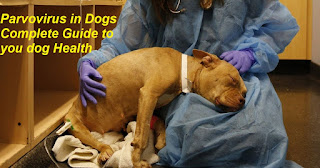Vomiting in Cats - Causes, treatment and prevention of vomiting in cats
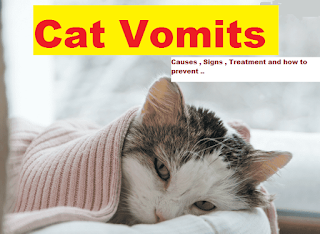
Cat Vomiting Contents : 1- Definition of vomiting in cats . 2- Signs and symptoms of vomiting in cats. 3- Causes of vomiting in cats. 4- Diagnosis of vomiting in cats. 5- Treatment of vomiting in cats . 6- Prevention of vomiting in cats. 1- Definition of vomiting in cats . Vomiting is caused by stomach stimulation or anything that hinders the contents of the stomach from moving to the gastrointestinal tract. This causes reflux, which is the movement of the contents of the stomach and this back to the esophagus and the mouth through which the cat to vomit. Vomiting can be normal and can be dangerous and this is when accompanied by some other symptoms. 2- Signs and symptoms of vomiting in cats. Symptoms of vomiting in cats: - We find cats make a sound of a vomit, an output in the stomach and take out food. - The food is undigested and mucus comes out with a yellow juicer. - It is possible to get a blood return and in this case you sh
